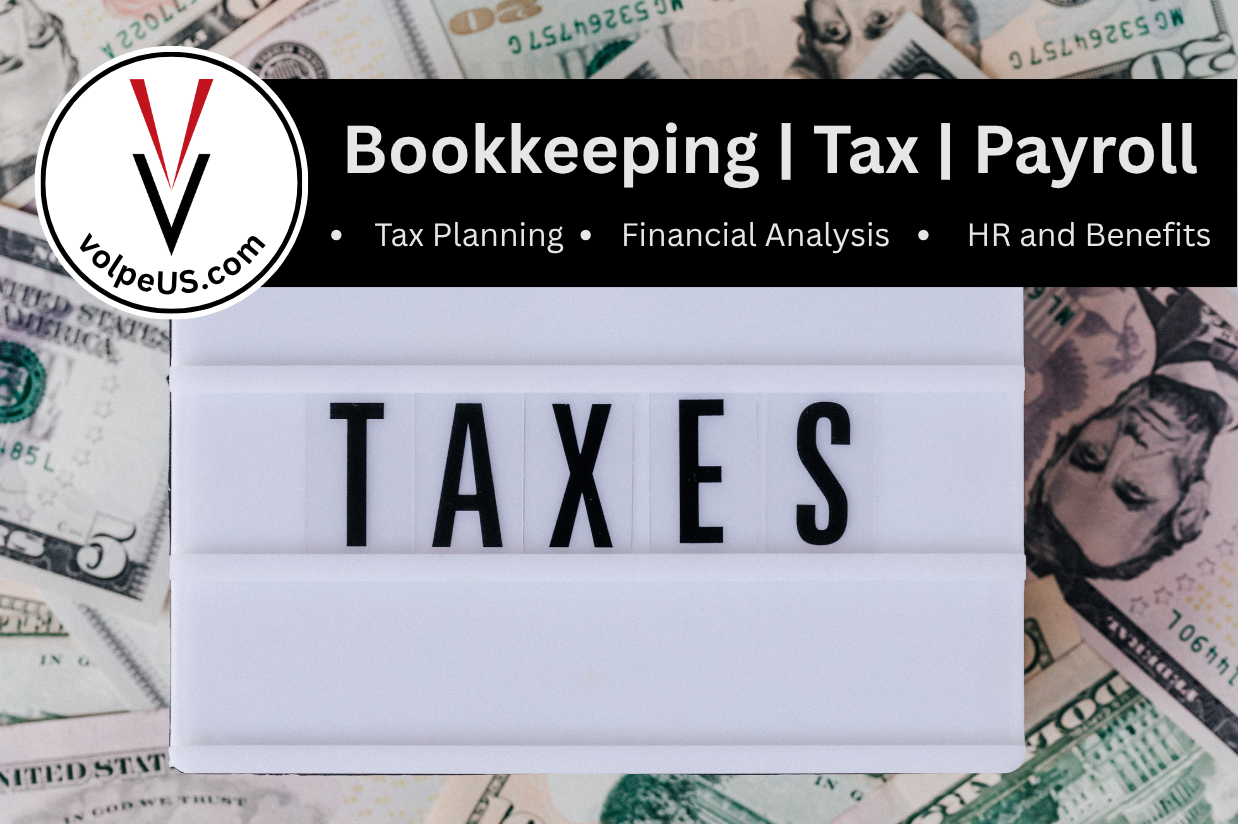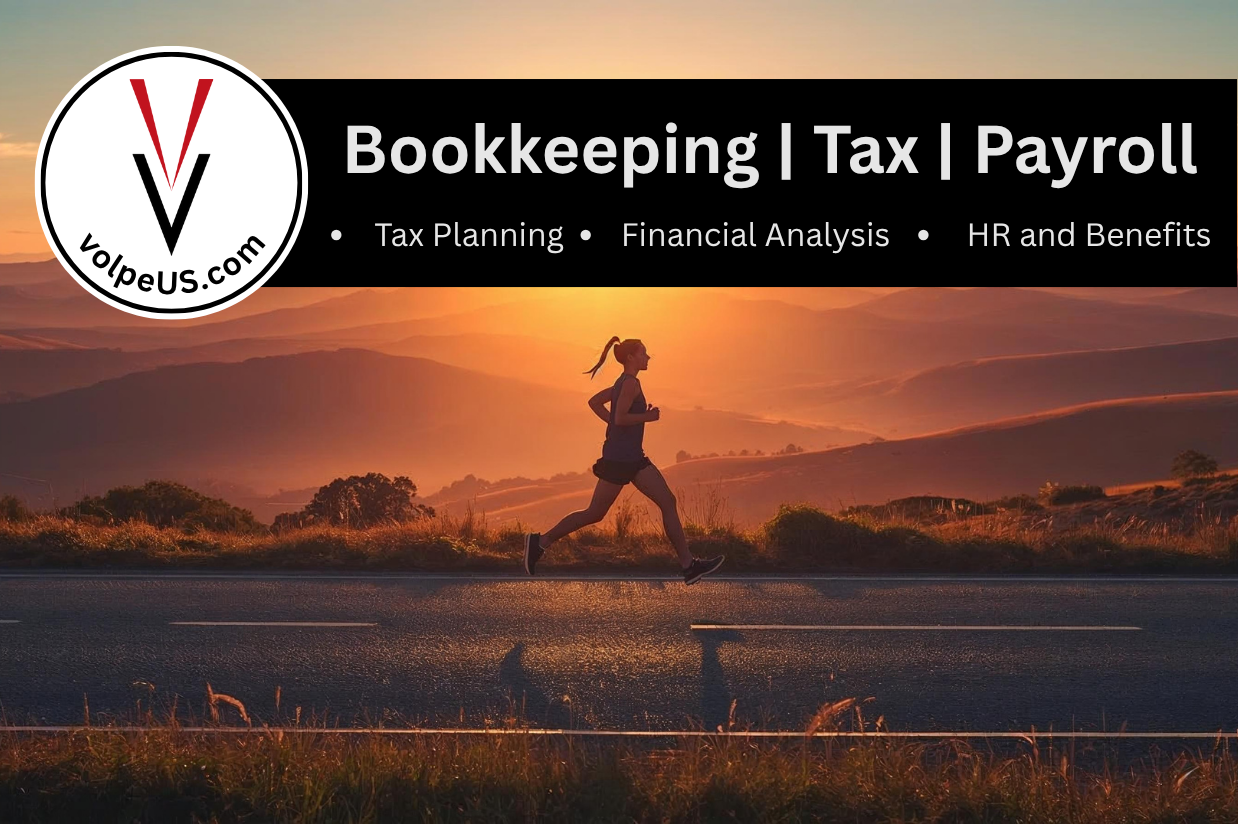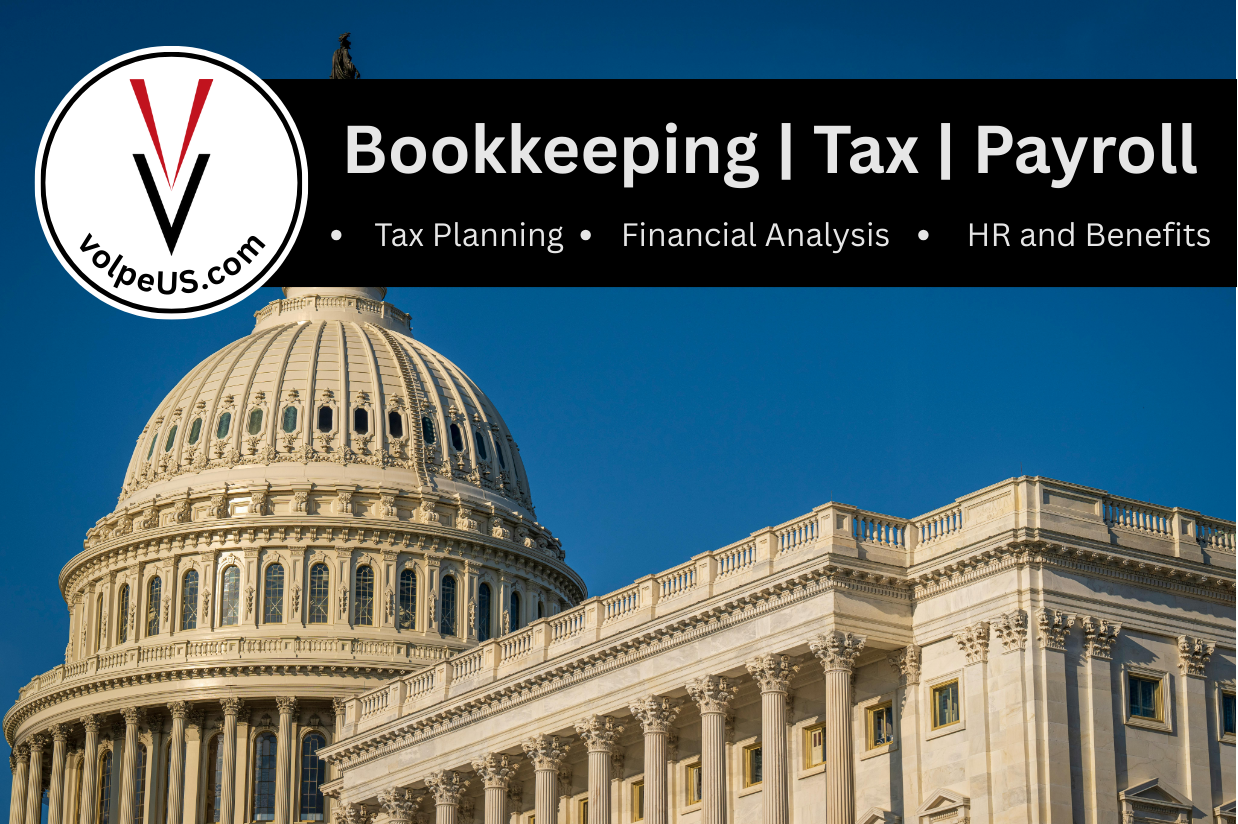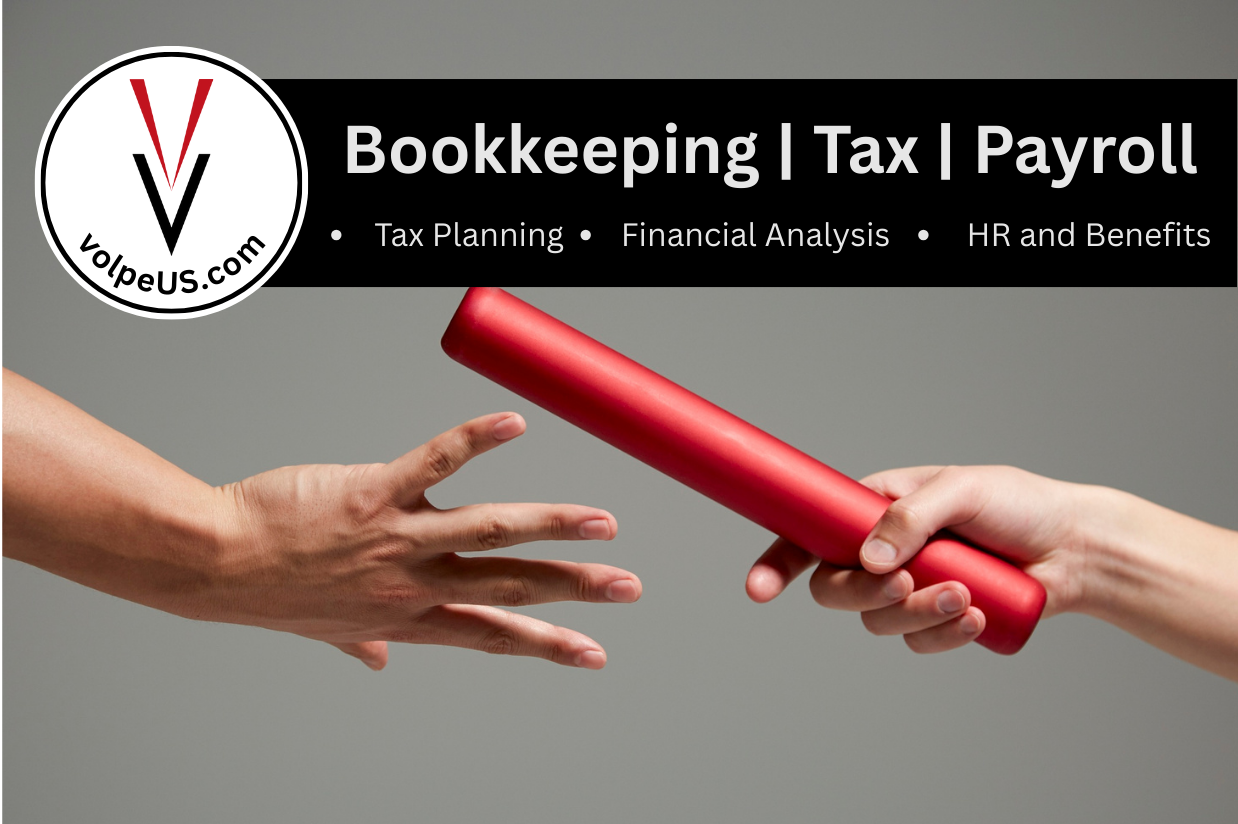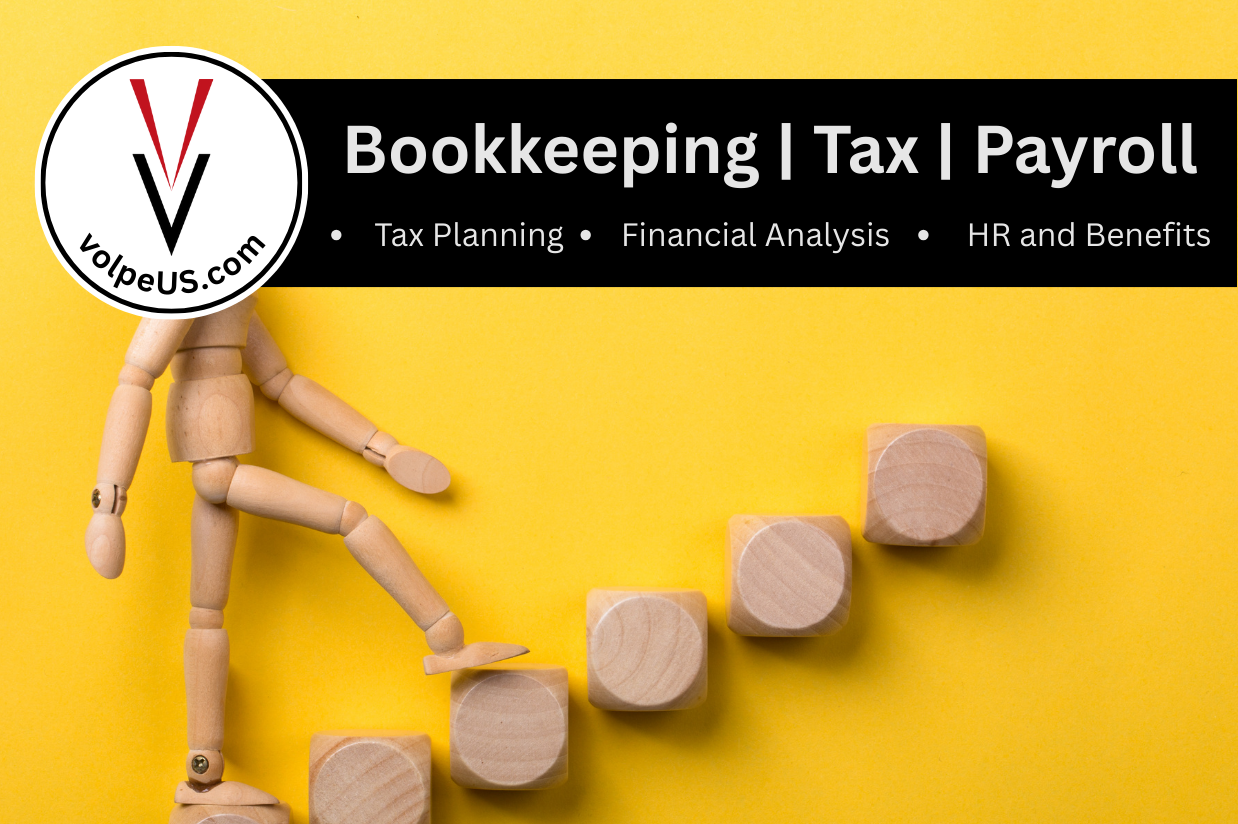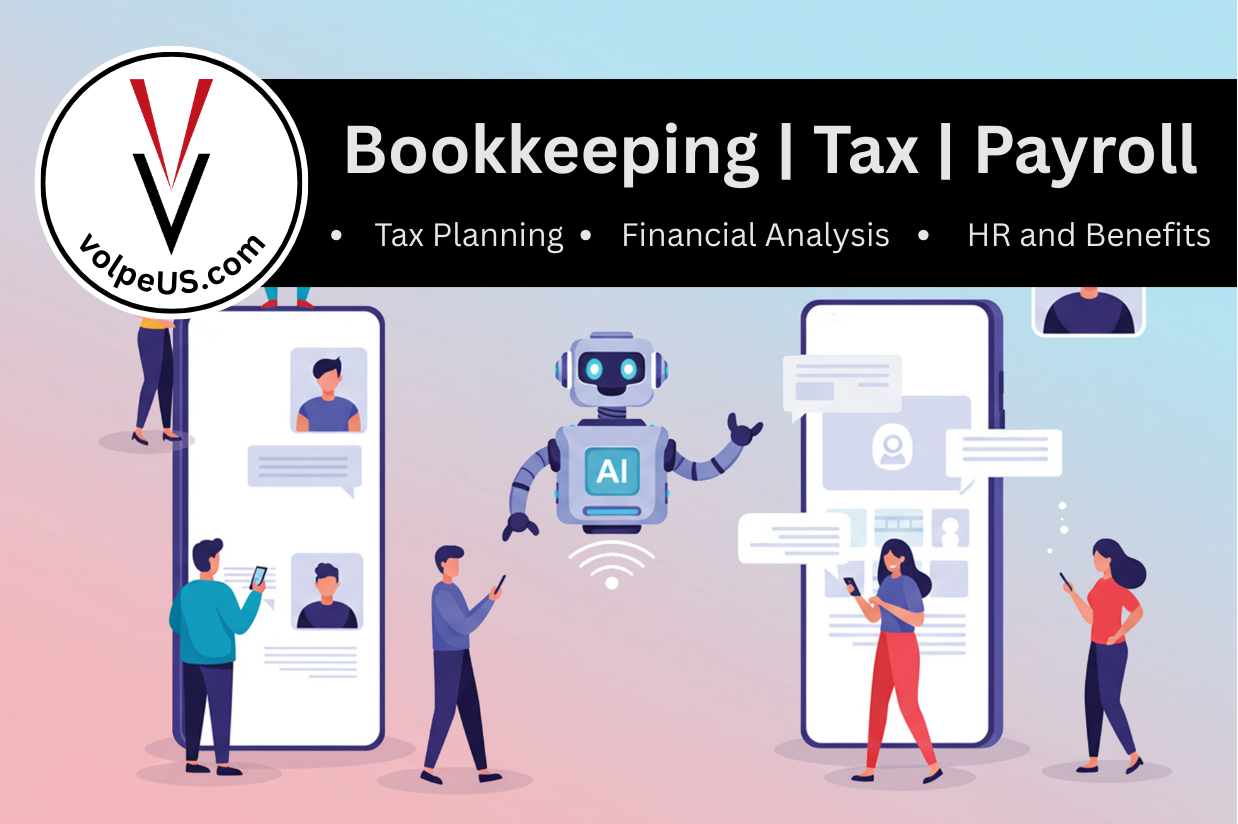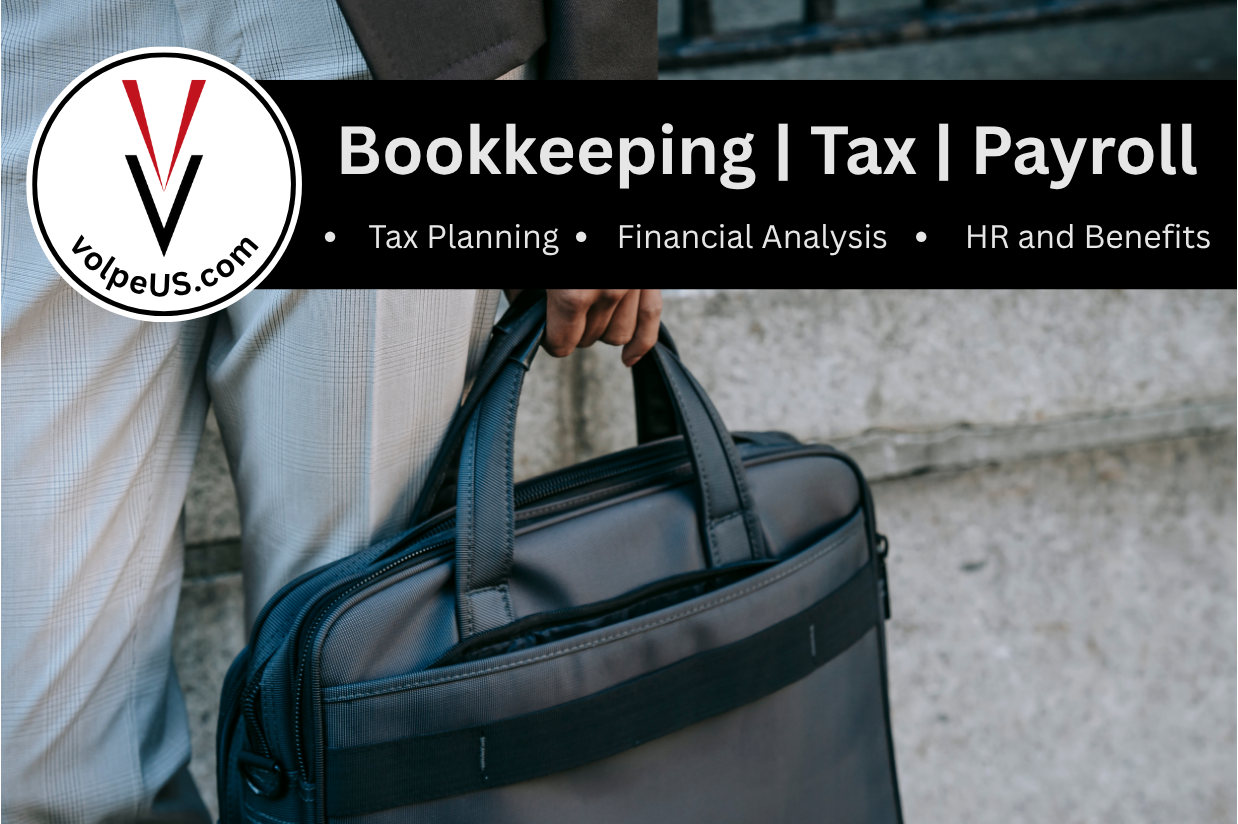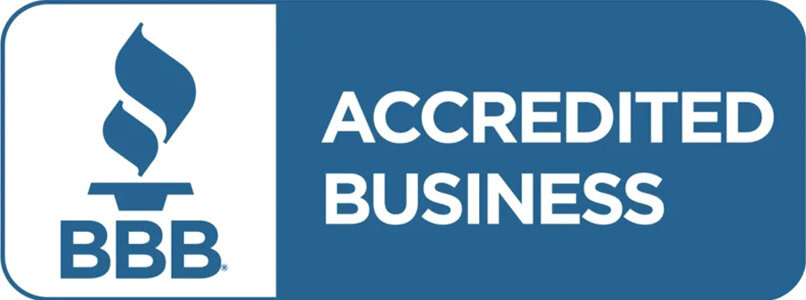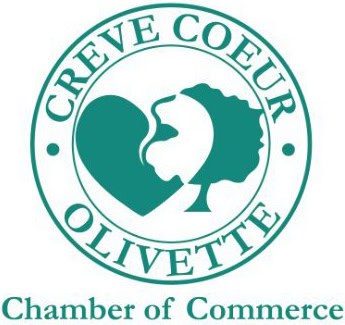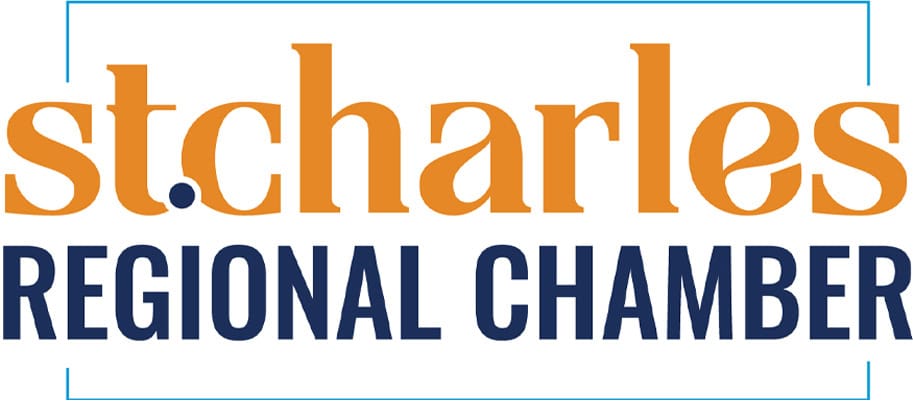Jump to a Specific Section
Digital Payment Reporting: Form 1099-K and Upcoming Changes
In today’s digital economy, digital payment platforms like PayPal, Venmo, and Cash App have revolutionized transactions, making it seamless to pay for goods and services, split bills, or receive freelance payments.
As these digital payments become ubiquitous, the Internal Revenue Service (IRS) has updated reporting requirements to ensure accurate income reporting and tax compliance. This article delves into Form 1099-K, its purpose, the transactions it affects, and the phased changes in reporting thresholds from 2024 onwards.
Understanding Form 1099-K
Form 1099-K, titled “Payment Card and Third Party Network Transactions,” is an informational tax document used to report certain payment transactions to the IRS. Its primary function is to ensure that income earned through payment cards (e.g., credit and debit cards) and third-party network transactions is accurately reported for tax purposes.
Key Entities Involved:
- Payment Settlement Entities (PSEs): These include merchant acquiring entities and third-party settlement organizations (TPSOs) that process payments.
- Third-Party Settlement Organizations (TPSOs): Platforms that facilitate payments between buyers and sellers, acting as intermediaries. Examples include:
- Payment Apps: PayPal, Venmo, Cash App.
- Online Marketplaces: eBay, Etsy, Facebook Marketplace.
- Ride-Sharing Services: Uber, Lyft.
- Crowdfunding Platforms: GoFundMe, Kickstarter (only for business-related fundraising).
Historical Context of Form 1099-K
Form 1099-K was introduced in 2011 under the Housing Assistance Tax Act of 2008. Initially, the reporting threshold required TPSOs to report transactions totaling over $20,000 and involving more than 200 transactions annually. However, the American Rescue Plan Act of 2021 significantly lowered these thresholds, reflecting the IRS’s focus on capturing income from the growing digital economy.
Purpose of Form 1099-K
The primary objective of Form 1099-K is to promote voluntary tax compliance by ensuring that income received through digital platforms is reported to the IRS. This form reports the gross amount of all reportable payment transactions, aiding taxpayers in accurately reporting their income.
Transactions Reported:
- Taxable Transactions: Payments received for goods and services, including:
- Sales conducted through online marketplaces.
- Freelance or gig economy work compensated via payment apps.
- Rideshare driving earnings.
- Non-Taxable Transactions: Personal transactions such as:
- Gifts or reimbursements from friends and family.
- Payments for personal expenses.

Digital Payment Reporting Thresholds: Upcoming Changes
The American Rescue Plan Act introduced significant changes to the reporting thresholds for Form 1099-K, aiming to capture a broader range of taxable income from digital transactions.
Phased Implementation:
- 2024: TPSOs are required to report transactions exceeding $5,000 in aggregate payments, regardless of the number of transactions.
- 2025: The reporting threshold decreases to $2,500 in aggregate payments.
- 2026 and Beyond: The threshold further reduces to $600, aligning with the original intent of the American Rescue Plan Act.
Digital Payment Implications for Taxpayers
These changes mean that more individuals and businesses will receive Form 1099-K, even for smaller amounts of income. It’s crucial to understand:
- Income Reporting: All income, including that reported on Form 1099-K, must be included on your tax return. Even if you don’t receive a form, you’re obligated to report taxable income.
- Record-Keeping: Maintain detailed records of all transactions to distinguish between taxable and non-taxable income. This is vital for accurate tax reporting and to substantiate your records in case of an audit.
- Penalties for Non-Compliance: Failure to report income accurately can result in fines, interest on unpaid taxes, and increased scrutiny or audits from the IRS.
Clarifying Common Misconceptions
- Personal Transactions:
- Payments from friends and family should generally not be reported on a Form 1099-K. Form 1099-K reports payments for goods or services and should not report personal payments like rent, dinner, travel, and other gifts or reimbursements, no matter the amount.
- Receiving a Form 1099-K for personal transactions doesn’t necessarily mean you owe taxes on that amount. However, it’s essential to keep records to explain the nature of these transactions if questioned.
- Multiple Platforms:
- If you receive payments through multiple platforms, each may issue a Form 1099-K if you exceed the threshold on that platform. Ensure you account for all income across different platforms.
Practical Examples of Digital Payment Reporting
- Freelance Graphic Designer:
- Scenario: Alex earns $6,000 in 2024 through various projects paid via PayPal.
- Implication: Since the income exceeds the $5,000 threshold for 2024, PayPal will issue a Form 1099-K to Alex and the IRS.
- Action: Alex should report this income on their tax return and maintain records of all transactions.
- Online Marketplace Seller:
- Scenario: Jordan sells handmade crafts on Etsy, earning $3,000 in 2025.
- Implication: The earnings surpass the $2,500 threshold for 2025, so Etsy will provide a Form 1099-K to Jordan and the IRS.
- Action: Jordan must report this income and keep detailed records of expenses to accurately calculate taxable income.
- Occasional Seller:
- Scenario: Taylor sells personal used items on eBay, totaling $700 in 2026.
- Implication: Even though the threshold is $600 in 2026, selling personal items at a loss isn’t considered taxable income.
- Action: Taylor should keep records demonstrating that these were personal items sold at a loss to substantiate non-taxable income if questioned.

Recommendations for Navigating Changes
- Consult Tax Professionals: Seek advice tailored to your financial situation from a qualified tax professional. They can help you properly classify your income, claim deductions, and ensure compliance with IRS regulations.
- Maintain Detailed Records: Keep clear and organized records of all income and expenses, especially for transactions processed through payment platforms. This includes invoices, receipts, and transaction histories.
- Understand the Platform’s Role: Familiarize yourself with the reporting practices of the payment platforms you use. TPSOs like PayPal and Etsy are required to issue 1099-K forms, but understanding their thresholds and reporting timelines is crucial.
- Separate Personal and Business Transactions: To avoid confusion, use separate accounts for personal and business transactions. This simplifies record-keeping and helps ensure accurate reporting of business income.
- Stay Updated on Regulations: Monitor updates from the IRS and other authoritative sources to ensure your compliance strategies remain current.
The Future of Digital Payment Reporting
The IRS’s focus on digital payments underscores the agency’s commitment to capturing income from the rapidly evolving digital economy. Here’s what the future might hold:
- Increased Scrutiny: As thresholds decrease and reporting expands, more taxpayers will come under IRS scrutiny. Ensuring that income is accurately reported will be critical to avoid audits.
- Expansion to Emerging Technologies: The IRS may extend reporting requirements to cover income earned through newer forms of digital commerce, such as cryptocurrencies and blockchain-based platforms.
- Enhanced Platform Responsibilities: Payment platforms may be required to provide additional tools and resources to help users understand their tax obligations. This could include detailed transaction summaries and tax preparation guides.
Digital payment services have transformed the way we transact, but they also bring new responsibilities for taxpayers. Understanding Form 1099-K, its purpose, and the evolving thresholds is essential for anyone using digital platforms for business or personal transactions. By staying informed, keeping detailed records, and seeking professional guidance, you can ensure compliance with IRS regulations and avoid costly mistakes. As the $600 threshold becomes the norm starting in 2026, proactive planning will be crucial for navigating the complexities of the digital economy.
Volpe Consulting and Accounting Services is here to address any and all questions regarding digital payments, 1099-K’s, and general tax questions.



